The ship was launched in Hamburg on 5 May 1937. It was named after Wilhelm Gustloff, a Nazi who was shot dead in Switzerland in 1936. The luxury liner was built for the organization "Kraft durch Freude" and cost 25 million Reichsmark. The "Wilhelm Gustloff" was designed for 417 crew members and 1,463 passengers.
Sinking of Wilhelm Gustloff (Ship) (1945 to 1945)
BackMass Death in the Baltic Sea
In 1938 the "Wilhelm Gustloff" was put into operation as a cruise ship. During the war it served as a hospital ship and was moored in Gotenhafen (today Gdynia). With the arrival of the Red Army in East Prussia the ship, which had not been at sea for years, was reactivated. Many refugees who feared the reprisals of the Soviets fled and many found themselves in the harbour. The ship was completely overloaded, as those responsible lost control.
The crew sailed on a route which was free of mines in the Baltic Sea. It was considered to sail close to the shore but was rejected because of mine contamination and overloading. As the visibility was very poor, it was decided to switch on the lights on board. So, a Soviet submarine became aware of the ship and sank it with three torpedoes.
On 30 January 1945 the "Wilhelm Gustloff" sank in the Baltic Sea. It was the biggest maritime tragedy in the history of humanity. 9,343 people died - six times more than in the sinking of the "Titanic". Only 1,239 survived.
Alternative use as a hospital ship was planned (1939)
The ship had been built for cruises, but a possible use as a hospital ship had also been considered from the beginning. The lifts were designed for hospital beds and the cabins were fitted with pipes for oxygen supply. After a short period of operation as a cruise ship, the "Wilhelm Gustloff" was handed over to the Kriegsmarine as a hospital ship.
The sinking of the "Gustloff (1945)
The last and tragic voyage of the ship begins at the end of January 1945 as the Soviet army approaches. The "Wilhelm Gustloff" is to bring refugees and wounded from East Prussia to the West. She is painted grey, although the colour white was prescribed for neutral ships. 7,956 people are registered on board, but the crew lost the controls and so another 2,500 refugees came on board. The ship could only take four of its 18 motor lifeboats. Four captains were on the ship and wrestled for hours about which route to take. In the end it was decided that the ship should sail through deeper waters because of its overload. Because German minelayers are on the way, position lights are set to avoid collisions. The "Wilhelm Gustloff" is now also visible to the enemy. In the evening of January 30, shortly after 9 pm, she was hit by three Soviet submarine torpedoes.
Was the sinking a war crime? (1945)
One of the three torpedoes hit the empty swimming pool in the lower deck, the emergency accommodation of many naval aides. A terrible scene is taking place there. Many dead were already lying on the ground and masses of men, women and children were trampled down. Since the ship was catastrophically overcrowded, many have already died on the deck on the way. The survivors began to fight for a place in the lifeboats. Officers with drawn pistols and access denied the men and let only women and children into the boats. An SOS was sent to ask for help. Torpedo boats picked up castaways.
The hurrying helpers drove through a field of corpses. 10,582 people were on board: 8,956 refugees from East Prussia, West Prussia, Danzig and Pomerania, about 5,000 of them children. 918 officers, NCOs and crews of the 2nd Submarine Training Division Gotenhafen. 373 naval auxiliaries. 162 seriously wounded in the army. 173 crew members of the merchant navy who were conscripted for war. 9,343 people died, 1,239 were saved. The ship tilted to one side and sank within an hour. In the end all the lights came on and so the "Wilhelm Gustloff" disappeared in the floods.
Hero of the Sovjet Union (1990)
Alexander Ivanovich Marinesko, commanded the submarines and was with the sinking of the "Wilhelm Gustloff" the most successful submarine commander. Because of discipline problems he was later dishonorably discharged from the army. He died in 1963 and was posthumously awarded the title "Hero of the Soviet Union" in 1990.
Embedded Videos
Die Gustloff - Kai Wiesinger, Valerie Niehaus, Tom Wlaschiha (2008)
MS Wilhelm Gustloff sinking (rare video)
World's Deadilest Sea Disaster: The Sinking of the Wilhem Gustloff
Sinking of the Wilhelm Gustloff: Worst Maritime Disaster in History
Last Voyage Of The Wilhelm Gustloff 1/3
Last Voyage Of The Wilhelm Gustloff 2/3
Last Voyage Of The Wilhelm Gustloff 3/3
The Last Voyage of the Wilhelm Gustloff
Wilhelm Gustloff: A Dive Commentary by Sea Hunter Mike Fletcher
Comments & Conclusions
Forgotten victims of the war
In contrast to the sinking of the "Titanic", the ship disaster of the "Wilhelm Gustloff" was a taboo subject for many years. In war they say that people die like flies. Their victims are not remembered in the same way. Hardly anyone knows today that the same captain sunk the "SS Steuben" on February 9, 1945. About 4'500 people died on this ship, most of the victims were wounded German soldiers.
Nevertheless, the sinking of the "Wilhelm Gustloff" can be considered a signal. The Third Reich which started World War II was doomed to total defeat and at that time the only thing left to do was to flee from the Red Army. Knowing how the Germans had raged in Russia, nothing good could be expected from the Soviets.
One cannot simply say that only innocent civilians died here. Every nation must bear the consequences of its own actions, which is of course a very unpleasant fact. Tragically, it also affects those who could not changed the situation, such as the children or those in the resistance to Hitler's regime.
Simultaneous events, periods or persons of Sinking of Wilhelm Gustloff (Ship)
| Persons/Events/Periods | Subcategory | From | To | Reason of importance |
|---|

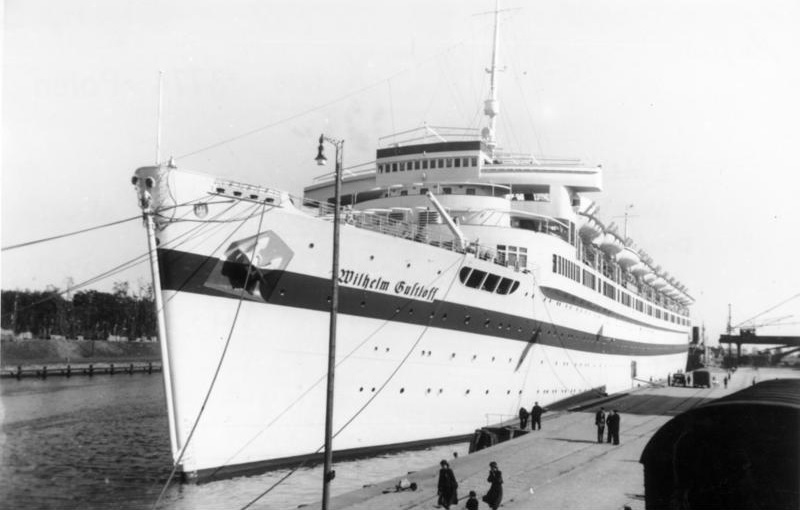

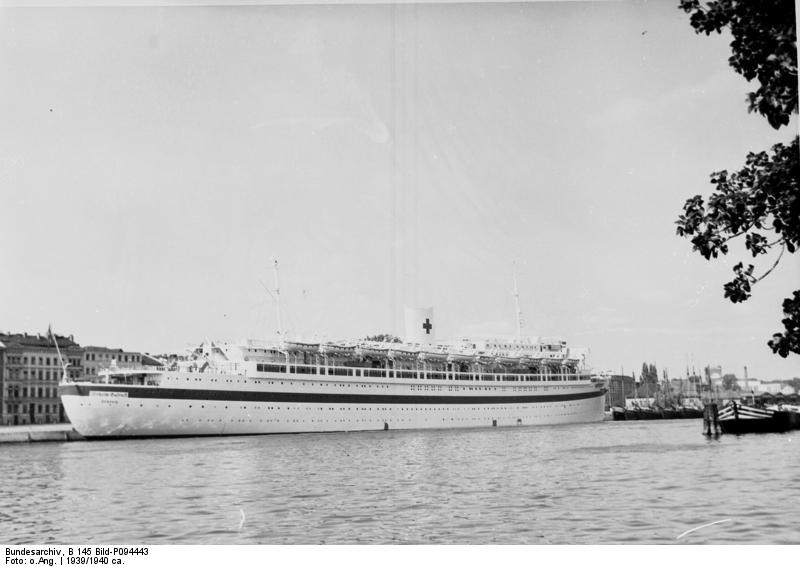
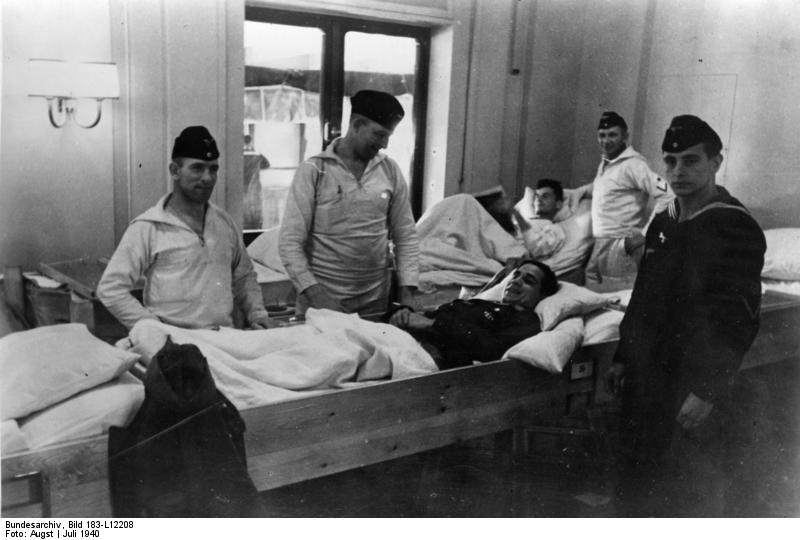

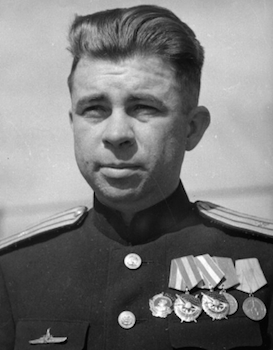
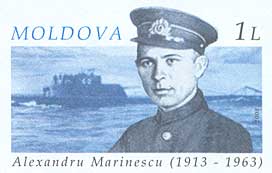


Comments